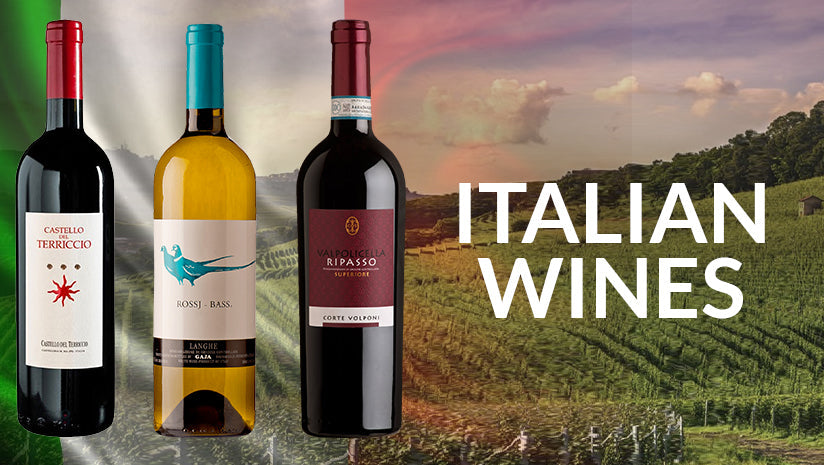Sake: The Traditional Drink of Japan
The slow life and the search for perfection. This is Japan, couples holding hands stopping at each tree in the park to contemplate the flowers in peace; businessmen sitting in silence concentrated in the enigmatic stone gardens; five-year-olds in the subway dressed in traditional fashion with bows and arrows that are twice their size; the joy of the parishioners in the Buddhist temples, praying to a plump and smiling man.
Everything is done calmly, slowly, fulfilling traditions, seeking perfection. Among those traditions, there is "Sake," the strange Japanese "rice wine." This special traditional drink from Japan can be found in our finding.wine store, where you can select the one of your choices from the large collection available at the previous link.
Japan and the Pursuit of Perfection
Infinite care for small details reaches all aspects of life, especially in the sacred care for food. It takes years of practice and study to make a perfect rice ball, to cut raw fish, to serve tea. Sake, Japan's national drink, does not escape the search for perfection.
For millennia we have lived in a symbiotic relationship with plants. We look for the best locations, destroy biological competition, work the land with sweat and take care of the plants.
Then we eat them, or we feed them to animals that we then eat, but without a doubt it is the vegetables that have colonized the planet. One of the first plants to carry out the domestication process was rice, about 8,000 or 9,000 years ago, in the Yangtze Valley, China.
Japan’s Almost Sacred Rice and Its Ancestral Link to Sake
Rice is a unique grass that flourishes in water-rich environments. It can grow in flooded land and dry land. This feature makes rice an advantageous crop. In places with a lot of rainfall (tropical or monsoon areas) the lower parts are always flooded, limiting their agricultural production. Rice, however, thrives in waterlogged terrain, free from competition with weeds that cannot survive underwater
Aquatic varieties die when floods recede. There are more than 110,000 varieties of rice, not including "wild rice" from the Americas. In the production of sake , only a few selected varieties are of real importance.
Process in making Sake from rice
The process of transforming starch into shorter-chain sugars in sake rice is different. If we look at a grain of rice we see a white dot in the center; That's where the starch is housed. While in the rest of the cereals the process of removing the bran and crushing the grain to make flour is simultaneous, in rice you have to remove the husk without crushing the grain.
The part that surrounds the starch is made up of fats and proteins, which hinder fermentation and provide bad flavors. The highest-end sakes remove a large part of this dough in a polishing process. The degree of polishing will give us the quality of the sake (the more polished, the less fats and proteins, the higher the quality).
The Influence of Koji Mold in Crafting Sake
Since the grain cannot germinate, how can we break down starch into simpler, fermentable sugars? In ancient times it was done by chewing rice, taking advantage of enzymes present in saliva. However, it’s a method neither efficient for industrial purposes nor particularly appealing from a marketing standpoint.
This is where the fungus Aspergillus oryzae, better known as Koji, makes its appearance. Koji has the ability to break down sugars from starch. Without Koji there is no sake. Its usefulness extends to the kitchen, where it is used to ferment tofu, soy sauce and vinegar.
Other essential components for sake brewing
· Water
Only pure water can be used to make quality sake. The kuras, the name given to the facilities where sake is made, are always located near springs of crystal-clear water. To grasp the importance of water in the production of sake, consider this; it is the only ingredient that cannot be transported from one prefecture to another. It cannot be bought, while the rest of the ingredients can.
· Yeasts
They transform sugar into alcohol and CO2. Wild yeasts are difficult to control and provide unintended aromas, therefore, selected yeasts are always used. Selection began in the early 20th century and culminated in the selection of a variety in 1946, yeast number 7, in Kura Masumi. it was made available to all winemakers and, today, it is still the most used in most Kuras.
· People
1. Kuramoto - The owner of the brewery and the brand.
2. Toji - sake master, is responsible for the entire brewing process and ultimately responsible for the final flavor of the product. Among sake connoisseurs, it is often said that the two most important elements in sake brewing are the water and the Toji.
3. Kurabito - A brewery worker who assists in the various stages of sake production.
Importance of Toji for Sake Making
Toji generally belongs to a "ryuha", a school of sake brewing, and there are about 25, each with its own style. It's hard to become a Toji. These people usually live in the small villages where rice is grown and access to sake brewery facilities is at hand.
The sake brewing process is immediate to the rice harvest, in winter. Once the process is finished, the Toji spend their time planting the rice for the next harvest and fishing on fishing boats. There are no more occupations. In addition to the difficulty of training, young people prefer to move to big cities, which is why it is a difficult position to fill. The average age of Tojis in Japan is around 65 years old.
We hope that you will soon be able to taste this exotic Japanese drink, where a large collection of different varieties, including various prices, which you can find here at this link so that you can buy it from the comfort of your home or anywhere else you are, with a promotional discount of 10%, enjoy it now!


























Leave a comment